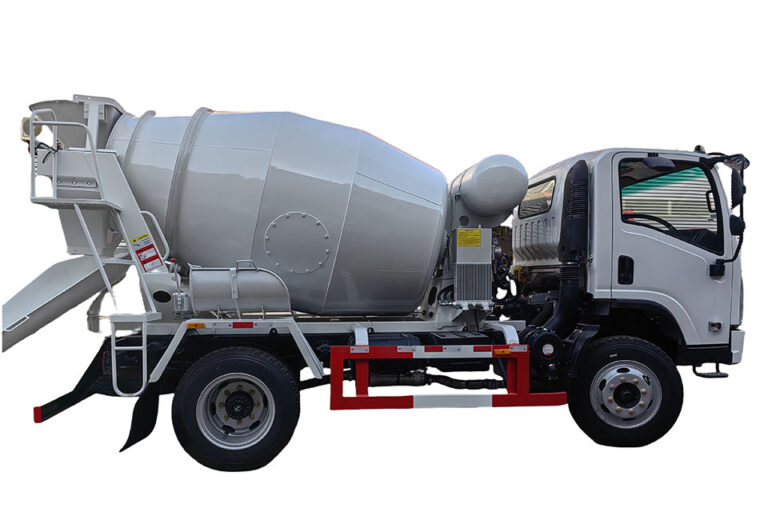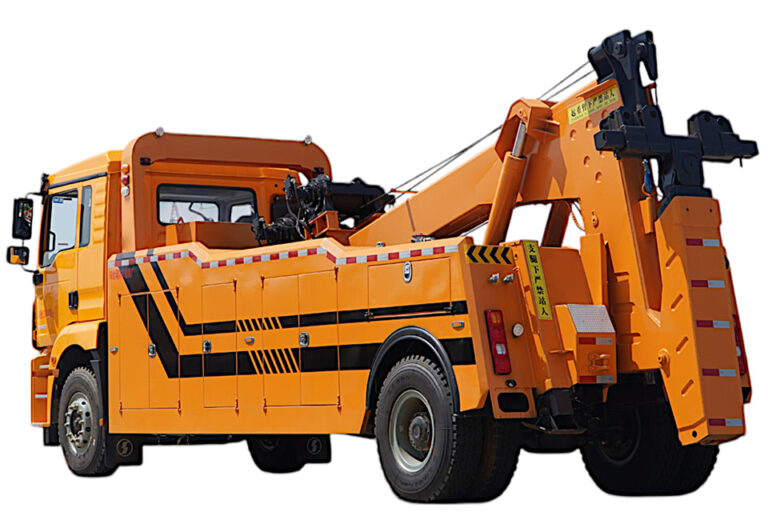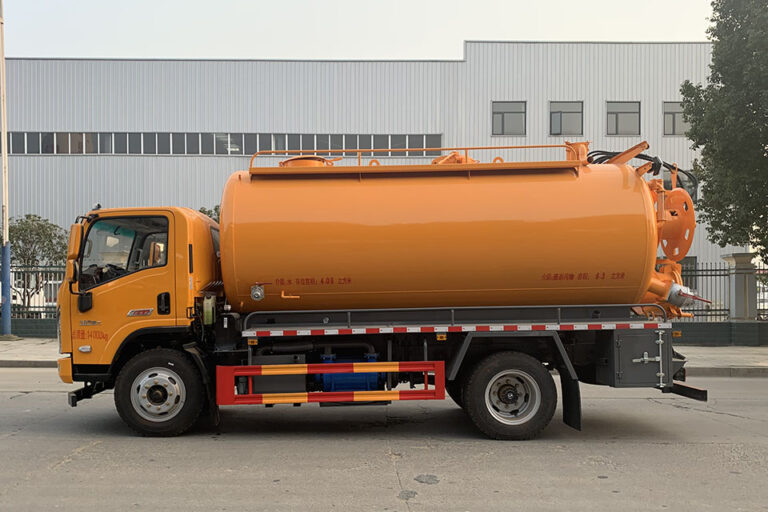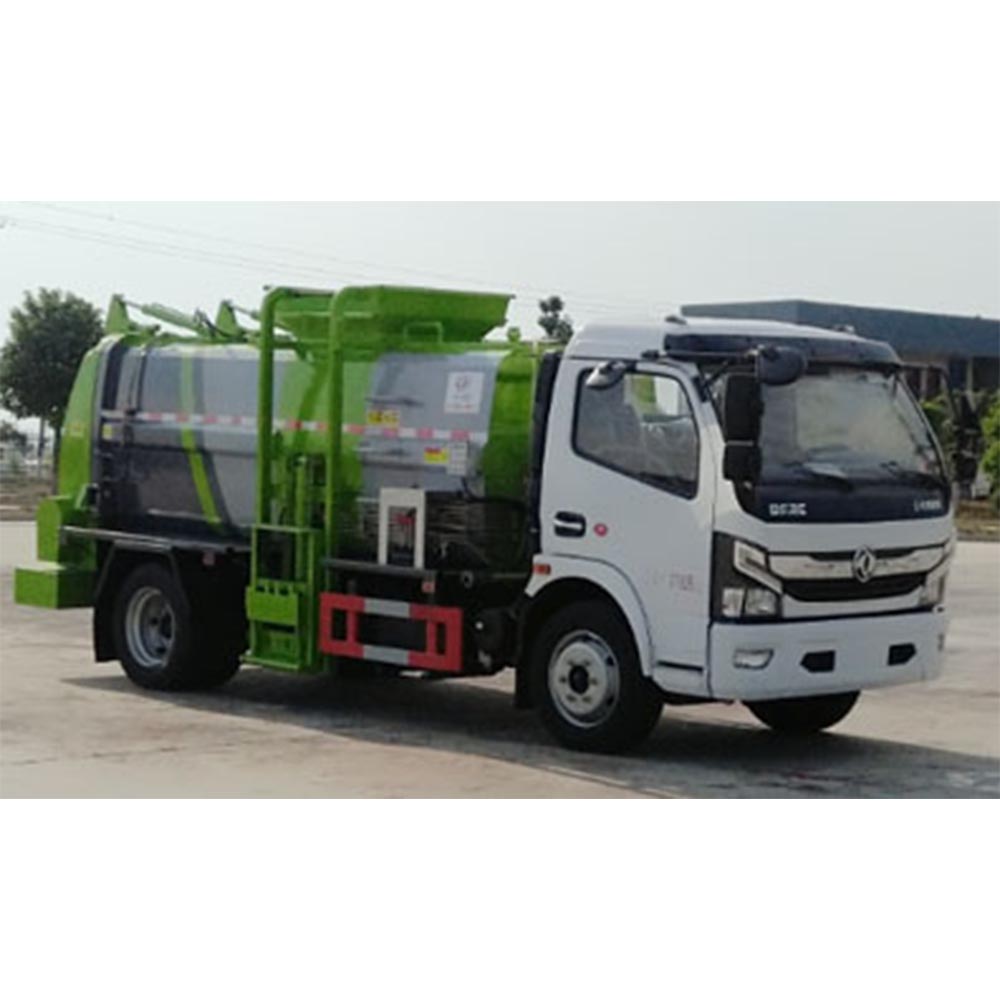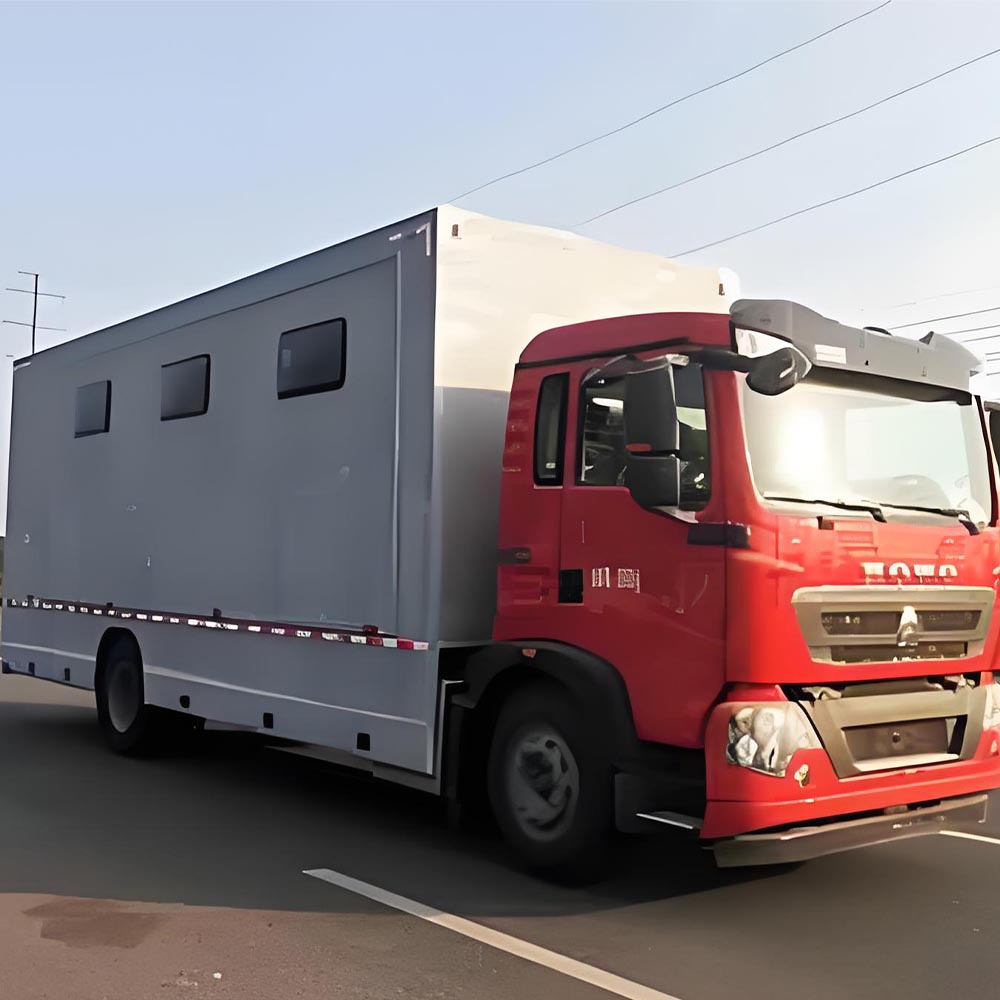-
Chengli Automobile Industry Park
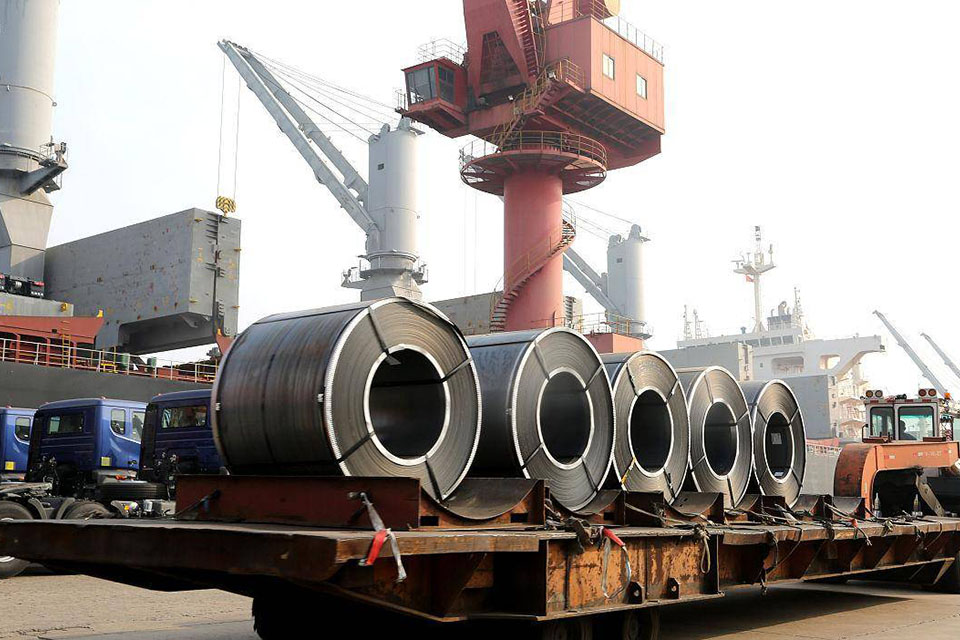
Analysis on the pain points and solutions of the steel coil transport semi-trailer industry
Analysis on the Pain Points and Solutions of the Steel Coil Transport Semi-Trailer Industry
Steel coils are big and heavy. Moving them is hard. Let’s look at the problems and how to fix them.
Table of Contents
The Problem with Steel Coil Transport
Steel coils are not like other things we move on trucks. They can weigh 5 to 30 tons each! When they move, they can cause bad crashes.
Why Steel Coil Transport is Dangerous
Most trucks that move steel coils are not made for this job. Here’s what happens:
- Steel coils are heavy and can roll
- They create strong forces when the truck turns or stops
- Regular trucks can break under the weight
- Coils are hard to tie down so they don’t move
Key Pain Points in the Industry
Here’s a table showing the big problems:
| Problem Type | What Happens | Why It Matters |
|---|---|---|
| Safety Risks | Coils can roll off trucks, causing crashes | People can get hurt or die |
| Wrong Equipment | 90% of coils move on regular trucks with simple changes | These trucks aren’t strong enough |
| Driver Problems | Drivers don’t know how to secure coils properly | Makes accidents more likely |
| Breaking Rules | Trucks carry too much weight to make more money | Causes trucks to break and accidents to happen |
Steel Coil Transport: Challenges & Solutions
The Challenges
Transporting heavy steel coils poses significant safety risks due to their weight and tendency to shift during transit. Improper securing methods often lead to accidents.
- 90% of transport uses inadequate, modified trucks.
- Driver inexperience exacerbates risks.
The Solutions
Specialized semi-trailers with enhanced securement features, coupled with comprehensive driver training, are crucial for safe and efficient steel coil transportation.
2025 and Beyond
The semi-trailer market is poised for growth, with projections reaching $33.57 billion in 2025 and $506.66 billion by 2033. This expansion necessitates advanced solutions and better infrastructure.
Market Growth and Opportunity
The semi-trailer market is growing fast. Look at these numbers:
- 2024 market size: $31.29 billion
- 2025 market size: $33.57 billion (growth of 7.3%)
- 2033 market expected size: $506.66 billion
This growth means we need better solutions for moving steel coils safely.
Two Main Types of Special Steel Coil Trailers
There are two good options for moving steel coils the right way:
1. Skeleton-Style Steel Coil Trailers
These trailers have:
- Two main beams that hold the weight
- Curved cross beams where the coil sits
- V-shaped supports on the sides to keep coils from rolling
- Blocks at the front and back to stop forward/backward movement
Good things:
- Much safer than regular trucks
- Lighter and costs less
- Shorter and can turn better
Not so good things:
- Can only carry certain sizes of coils
- Coils must load one way (lengthwise)
- Can only carry coils, nothing else
2. Frame-Style Steel Coil Trailers
These trailers have:
- Main beams on the outside edges
- Wide V-shaped beds where coils sit
- Tie-down rings and stake pockets for securing loads
- Can hold coils sideways for easier loading with two-prong lifts
Good things:
- Coils sit lower for better safety
- Can carry more sizes of coils
- Coils load sideways for easier handling
- Can carry other things too (steel bars, pipes)
Not so good things:
- Heavier and costs more
- Longer turning radius
- Needs bigger spaces to work in
Solutions to Industry Problems
To fix these problems, we need:
- Better training for drivers
- Teach about steel coil physics
- Show how to tie down loads right
- Test drivers before letting them move coils
- Special trucks made for coils
- Use proper semi-trailer tractor trucks to pull these trailers
- Get either skeleton or frame style trailers
- Stop using changed regular trucks
- Better rules and checking
- Make sure trucks aren’t carrying too much
- Check that coils are tied down right
- Stop trucks that aren’t safe
- New technology
- Better tie-down systems
- Sensors to warn if coils start to move
- Special beds that hold coils better
Future Trends (2025-2030)
The steel coil transport industry will see these changes:
- More specialized semi-trailers built just for coils
- Smart systems that watch the load and warn of problems
- Lighter but stronger materials handling vehicles for loading coils
- Better training systems using virtual reality
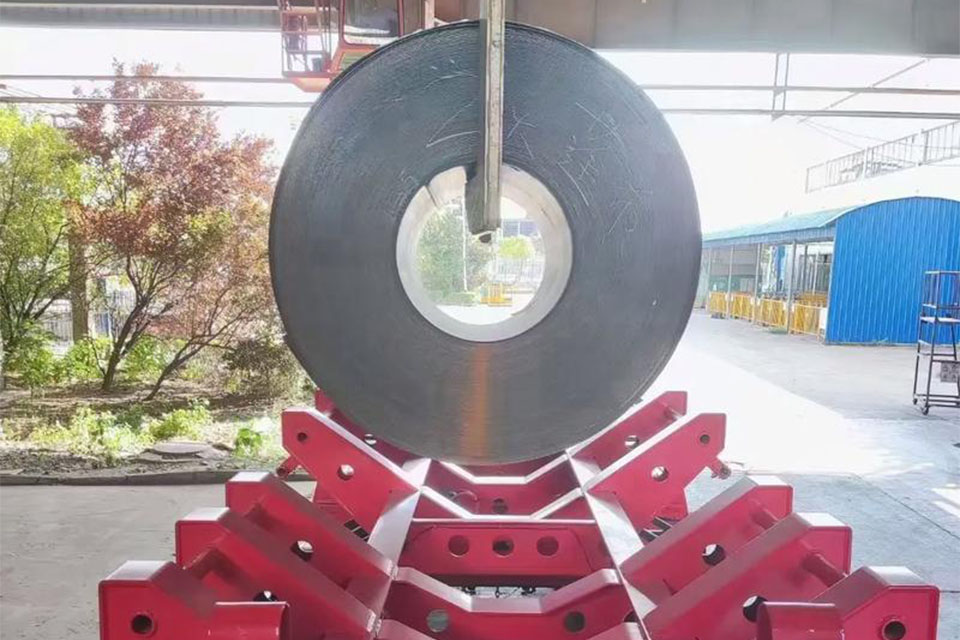
Conclusion
Moving steel coils is dangerous when done wrong. We need:
- The right trucks made for the job
- Well-trained drivers who know what they’re doing
- Good rules that everyone follows
With these changes, we can make steel coil transport much safer, better, and more cost-effective.

